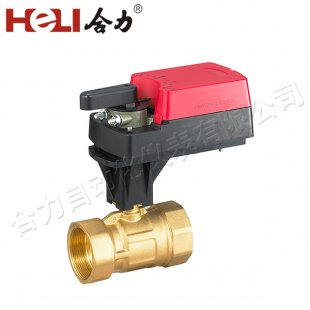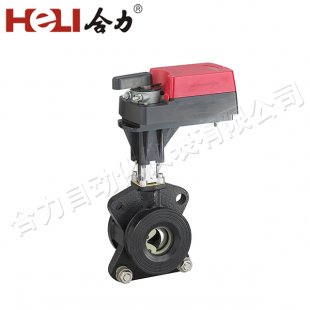
As the world increasingly turns its attention to sustainable energy solutions, hydrogen energy has emerged as a promising alternative to traditional fossil fuels. Among the various applications of hydrogen technology, hydrogen energy damper actuators are garnering attention for their potential to revolutionize industries such as automotive, aerospace, and robotics. This article explores the working principles, advantages, challenges, and future prospects of hydrogen energy damper actuators, highlighting their role in advancing sustainable mobility.

Understanding Hydrogen Energy Damper Actuators
Hydrogen energy damper actuators operate on the principles of electrochemical conversion, where hydrogen is used as a clean energy source to generate electricity. These actuators typically consist of a hydrogen storage unit, a fuel cell, and a damper mechanism. The hydrogen is stored in a high-pressure tank and, when needed, it is supplied to the fuel cell. In the fuel cell, hydrogen reacts with oxygen from the air to produce electricity, water, and heat. The generated electricity is then used to power the damper actuator, which controls the movement and response of mechanical systems in various applications.
